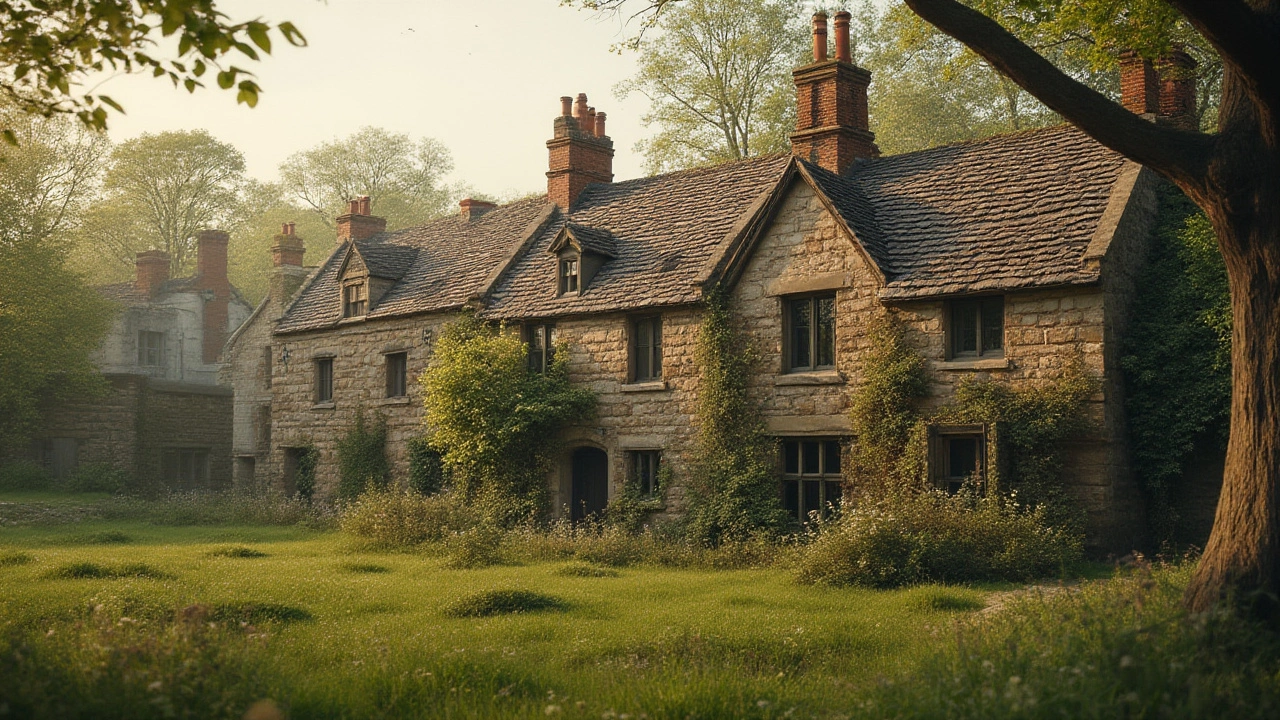Discover which building materials make houses last the longest, comparing stone, brick, concrete, and new options. Find out what really stands the test of time.
Lifetime Construction Materials: Build Once, Keep Forever
When you start a project, you want the walls, floor and roof to stay solid for years, not crack after a few seasons. Choosing materials that actually last saves money, headaches and waste. Below you’ll find the most reliable options and quick tricks to stretch their life even further.
Top Materials That Last Decades
Concrete and reinforced steel. These two are the backbone of most long‑lasting structures. A good mix of cement, sand, gravel and water, plus steel rebar, creates a slab that can handle heavy loads and weather without warping.
Engineered timber. Modern engineered wood combines layers of real wood with adhesives that resist rot and shrinkage. It looks warm like timber but holds up much better in damp places.
High‑density brick. Not all bricks are created equal. Dense, kiln‑fired bricks absorb less moisture and keep their colour for decades, making them ideal for exterior walls.
Vinyl and ceramic flooring. For floors that see traffic every day, vinyl and ceramic tiles are tough, easy to clean and don’t fade quickly. They’re also water‑resistant, which helps avoid costly repairs.
Stainless‑steel fixtures. Kitchen sinks, railings and outdoor hardware made from stainless steel resist rust and stay shiny for years. Look for the 304 grade for the best corrosion resistance.
Tips to Extend the Life of Your Build
Even the strongest material can wear out if you ignore simple maintenance. Seal any concrete surface once a year to block moisture, and check grout lines in tile work for cracks.
Keep wood and timber away from constant damp. Use a breathable paint or sealer, and let any water runoff go straight off the surface.
For metal, wipe down stainless‑steel fixtures with a soft cloth after each use. Avoid harsh chemicals that can strip the protective layer.
When installing flooring, use a proper underlayment. It cushions the surface, reduces noise and prevents small shifts that could crack tiles later.
Finally, plan for future repairs. Leave access panels in hard‑to‑reach spots like under sinks or behind large cabinets. If you can see a problem early, fixing it will be cheaper than letting it spread.
Choosing lifetime construction materials isn’t about picking the most expensive option; it’s about knowing which products truly stand the test of time and treating them right. With the right choices and a bit of regular care, your building will stay solid and look great for years to come.
